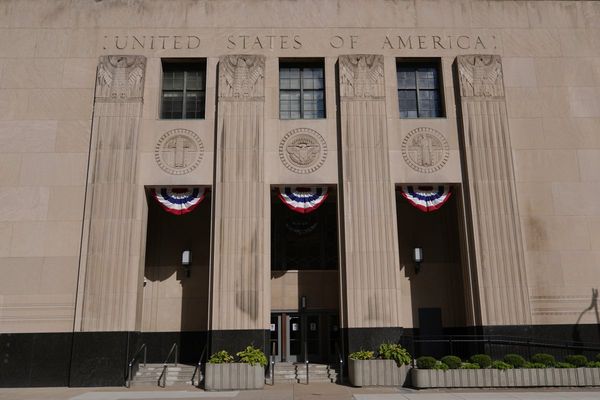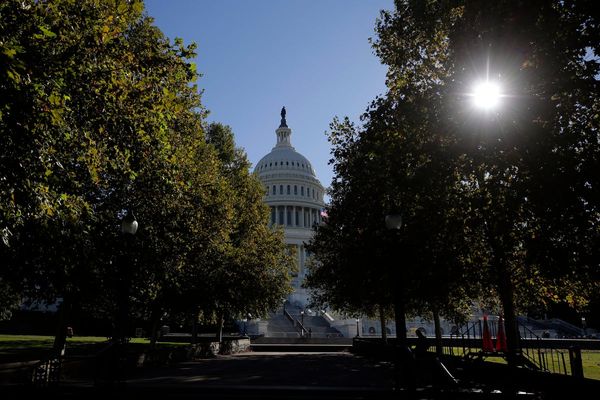
Reinforcing the national construction code for new homes could save $4 billion a year and keep a lid on premiums, economic modelling shows.
A report by the independent Centre for International Economics released on Tuesday recommends making homes more resilient to bushfires, cyclones and floods.
Costs borne by shattered households include rebuilding or repairing homes damaged by extreme weather, replacing belongings, finding temporary accommodation and the disruption or loss of employment.
The report confirms an increase in the number of houses built in bushfire prone areas, particularly in NSW, Victoria and Queensland, which will continue to increase exposure to bushfire-related risks.

Low-cost measures to reduce risk include increasing separation distances between buildings to limit the spread of fires between houses, as well as the use of non-combustible fences.
The report also proposes changes to the types of materials used for retaining walls, and their positioning around houses to lessen the fire risk.
Fire risk can also be reduced by the use of more fire-resistant water tanks and storing firewood and gas cylinders further away from houses.
Many homes are not resilient to tropical cyclones and unless significant changes are made to the design, method and criteria for new houses, the impact and loses from these events in Australia will increase at an alarming rate, the researchers warn.
Insurance Council of Australia CEO Andrew Hall said the nation also needs to avoid building new homes in vulnerable areas by changing planning rules.
Taking action in these areas could also help insurance remain affordable and available, according to the report commissioned by the industry council.
"If we don't make what and where we build stronger, it will be dangerous and expensive, the report said.
"It will cost billions of dollars for recovery and add to an already strained insurance sector."

Extreme weather costs to home-owners will double by 2050, as events become more severe or more frequent because of climate change, the report warns.
But strengthening the code could reduce average annual building costs by an estimated $2 billion per year for cyclones, $1.475 billion per year for floods, and $486 million per year for bushfires.
"Currently, minimum building standards in Australia are designed to preserve life in a catastrophic event – but they are not designed with the goal of preserving the property itself," Mr Hall said.
"As a result, our homes are not built to withstand the extreme weather events of today, let alone the future."
But there are significant cross-overs between storm and bushfire resilience measures that could save home-owners from future loss, the analysis shows.







